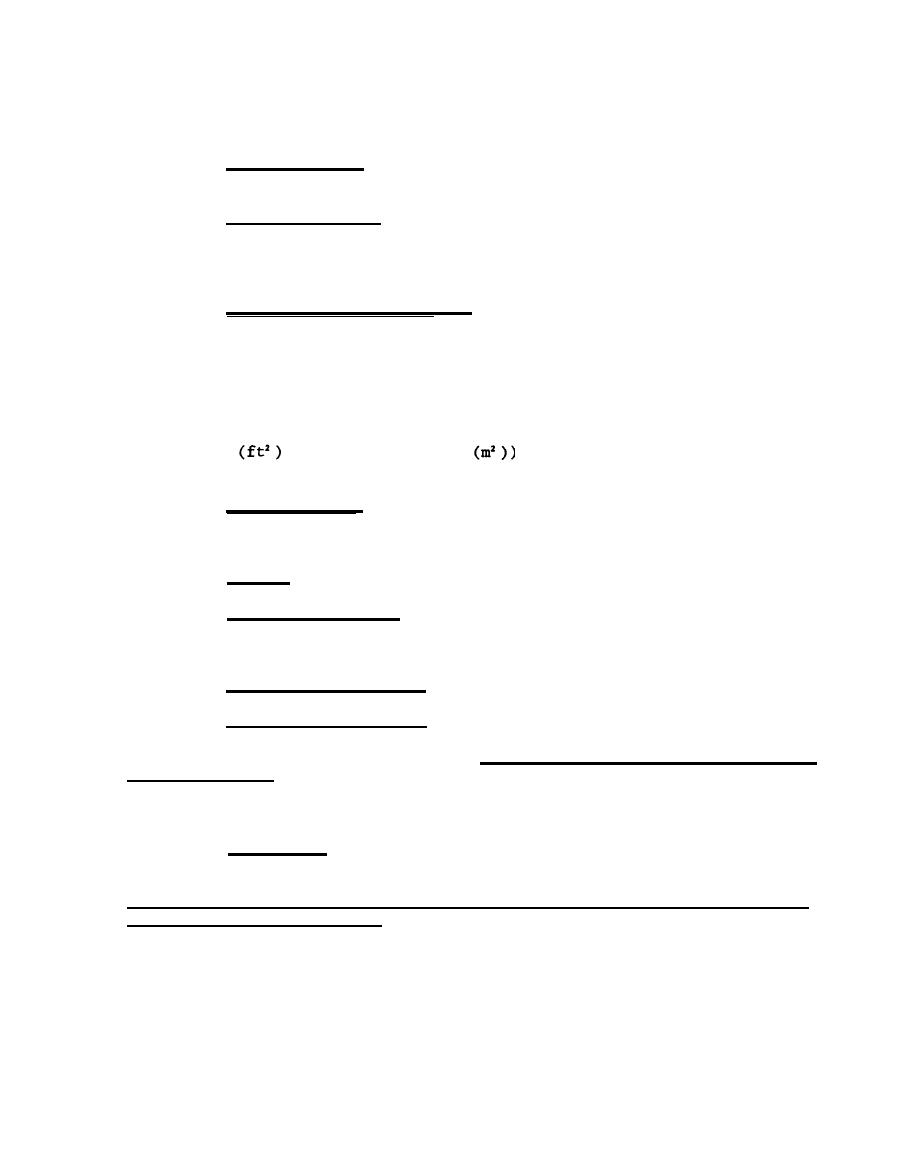

Custom Search
|
|

|
||
 MIL-HDBK-1012/1
Procedures for determining delay times, if not specified by the BESEP or the
user command, are given in MIL-HDBK-1013/1.
6.3.2
Building Layout. Portions of the building requiring special
security consideration will be identified by the BESEP or by the user command.
6.3.3
Wall Construction. Secure area wall construction shall be 4 inches
(100 mm) of reinforced concrete or 8 inches (200 mm) of solid masonry,
normally without windows and with controlled access. For detailed
requirements, refer to DIAM 50-3.
6.3.4
Roof and Floor Construction. At least 4 inches (100 mm) of
reinforced concrete will normally be used for roof and floor construction.
Hardening methods for other types of construction are provided in MIL-HDBK-
1013/1. False ceilings or raised floors may provide a means of concealment.
These ceilings or floors are considered part of the protected area to which
they are attached, and the true walls, floor, and ceiling must meet the
applicable requirements. Suspended false ceilings shall have at least one
"quick-remove" access panel 18 by 18 inches (460 by 460 mm) for each 400
square feet
(37.2 square meters
of ceiling area. Raised floors
must be similarly equipped.
6.3.5
Perimeter Doors. Entry and exit doors of secure areas shall be as
specified in the BESEP or DIAM 50-3. Normally, a 1-3/4-inch (44.5 mm) solid
wood door will suffice for a continuously operating facility.
6.3.6
Windows. Windows are not authorized in secure areas.
6.3.7
Air Vents and Ducts Vents, ducts and other openings that breach
the facility perimeter require protection as specified in DIAM 50-3.
Normally, any opening which exceeds 6 inches (152.4 mm) requires protection.
6.3.8
Miscellaneous Hardware
6.3.8.1
Roof Doors and Hatches. Roof doors and hatches shall be internally
secured with padlocks and hasps in conformance with the provisions of Military
Specification (Mil Spec.) MIL-P-43607, Padlock, Key Operated, High Security,
Shrouded Shackle. Roof doors may also be equipped with a cylindrical case or
bored lockset. Such locksets, when installed, shall be mounted with the lock
cylinder to the exterior.
6.3.8.2
Coded Locks. If required for control of routine access, an
electrically controlled and operated latch mechanism for interior doors shall
be installed. RF emissions shall meet the requirements of MIL-STD-461,
Electromagnetic Emission and Susceptibility Requirements for the Control of
Electromagnetic Interference, for class II-A equipment. Such mechanisms shall
not mate or interface with other required locksets. Separate surface-mounted
night latches or specialty hardware shall be added to the door to accommodate
the electrically operated mechanism. Key-operated bypass cylinders are not
authorized.
47
|
 
|
|
 |
||